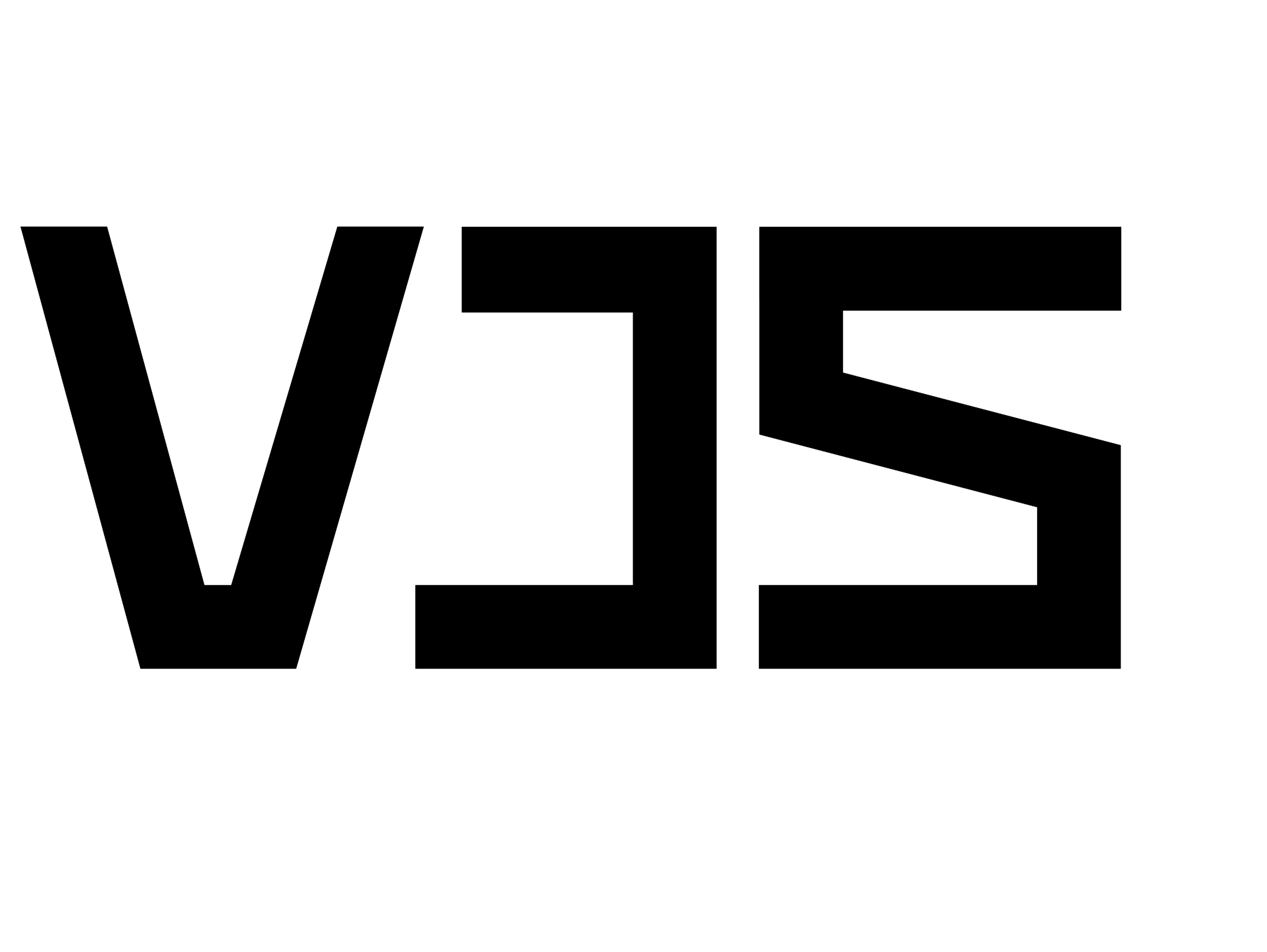
Deeda Space — Urban Micro-Topography and Modular Logic: Revitalizing the Southwest Corner through Low-Tech Design
Deeda Café was located in a corner of the Aftab Tower that, prior to the intervention, was virtually non-functional a southwest edge excluded from the tower’s active circulation due to the lack of visual exposure, the presence of a neighboring wall, fragmented ground levels, and accumulated deteriorated add-ons. While the northern, western, and eastern edges were continuously engaged in the daily life of the city, this southern western corner remained silent and low-interaction; a zone through which urban behaviors merely passed without ever pausing. Identifying this behavioral void through Behavior Mapping became one of the foundational steps of the design.
A key challenge was that the project site was a leased commercial unit, meaning every intervention needed to be low-cost, demountable, transferable, and non-structural. This limitation guided the project toward an economic–ecological strategy, one that replaced heavy construction with the principles of the Circular Economy, minimizing resource consumption and reducing waste. The element that connected these approaches was the decision to use industrial waffle molds as the project’s shared DNA.
Originally a by-product of concrete construction essentially a “semi-valuable industrial leftover” the waffle mold was not discarded here; instead, it was redefined through a model of architectural upcycling. This inexpensive, pre-fabricated, and typically disposable object became the generative unit of the façade, the surface layer, the furniture, the planters, and even the lightboxes. This decision unified the structural logic across all scales of the project, creating a coherent and systemic design language.
At the urban scale, the waffle modules formed a new skin over the tower’s base an Urban Interface mediating between the building and its surroundings, compensating for the architectural shortcomings of the existing structure. The repetitive rhythm of the modules introduced a new sense of visual order against the ambient urban clutter, bringing clarity into the pedestrian’s line of sight and establishing a renewed identity for the entrance. Light filtered through the waffle grid generated a quality of Urban Lightness, softening the heavy mass of the tower and yielding a gentler dialogue between interior and exterior.
Functionally, all exterior elements from seating and tables to planters were designed within a system of Adaptive Urban Furniture: urban elements that are movable, reconfigurable, and indefinitely customizable. This modular system behaves like a small Micro–Factory, composed of components sharing the same DNA, capable of endless recombination and rearrangement according to daily needs or public events. This operational flexibility stems from the principles of Reversible Architecture, in which built form is defined not by permanence, but by the ability to return, relocate, or transform without destruction.
The revitalization of the southwest corner unfolded through this very logic. Using modular components and greenery, the once-neglected area was transformed into an Urban Micro-Topography a fine-grained spatial field that defines sitting, pausing, conversation, encounter, and presence. This subtle yet structural intervention reshaped the corner into an active microlandscape, with social, spatial, and ecological impact.
This microlandscape operates on three interwoven layers:
A place for sitting and pausing has emerged where no human-scale quality previously existed. The southwest corner now serves as a point for stopping, meeting, interacting, and forming micro-communities a small social node injecting urban life into a once-silent zone.
The orderly rhythm of the waffle modules constructs a new spatial grid against surrounding irregularities. This rhythm reorganizes the corner, replacing its former disorder with a readable, designed, and perceivable urban space.
The waffle-based planters with soil, vegetation, and green mass act as Microclimate Modulators in this sun-exposed southern corner: they produce shade, regulate temperature, add localized humidity, and create visual and acoustic filtering. This simple yet effective strategy elevates the environmental comfort of the space.
Altogether, the combination of rental-economy constraints, environmental considerations, and modular industrial logic guided the project toward a model of Low-Tech Ecological Design a design approach based on simple technologies generating maximum spatial and social effect. Deeda Café did not rely on high-tech urban tools for social activation; rather, it transformed a forgotten urban corner through a Low-Tech – High-Impact strategy.
The architecture of this project is not the result of high expenditure, but of the redefinition of relationships between material, behavior, economy, and environment relationships through which the simplest industrial components yield a renewed spatial quality for a neglected fragment of the city.